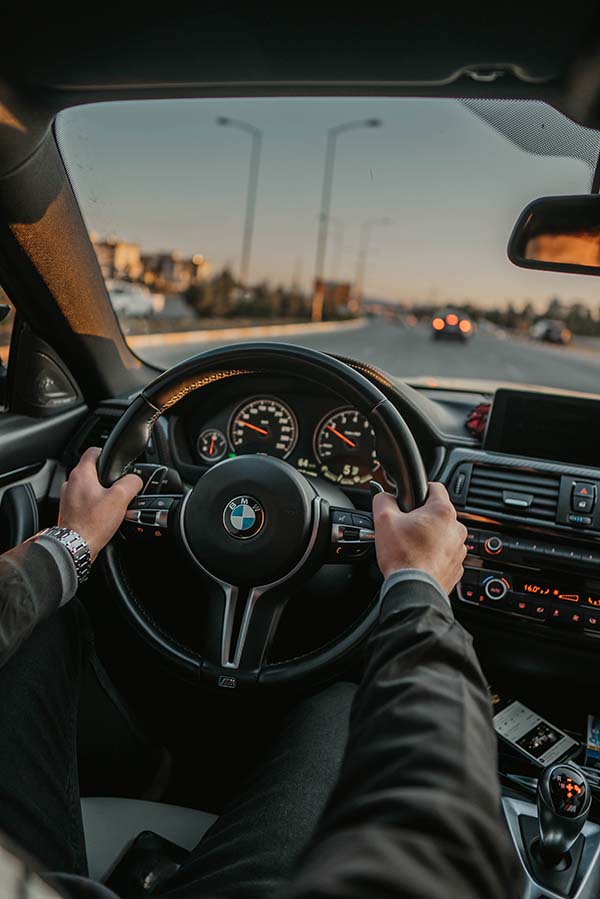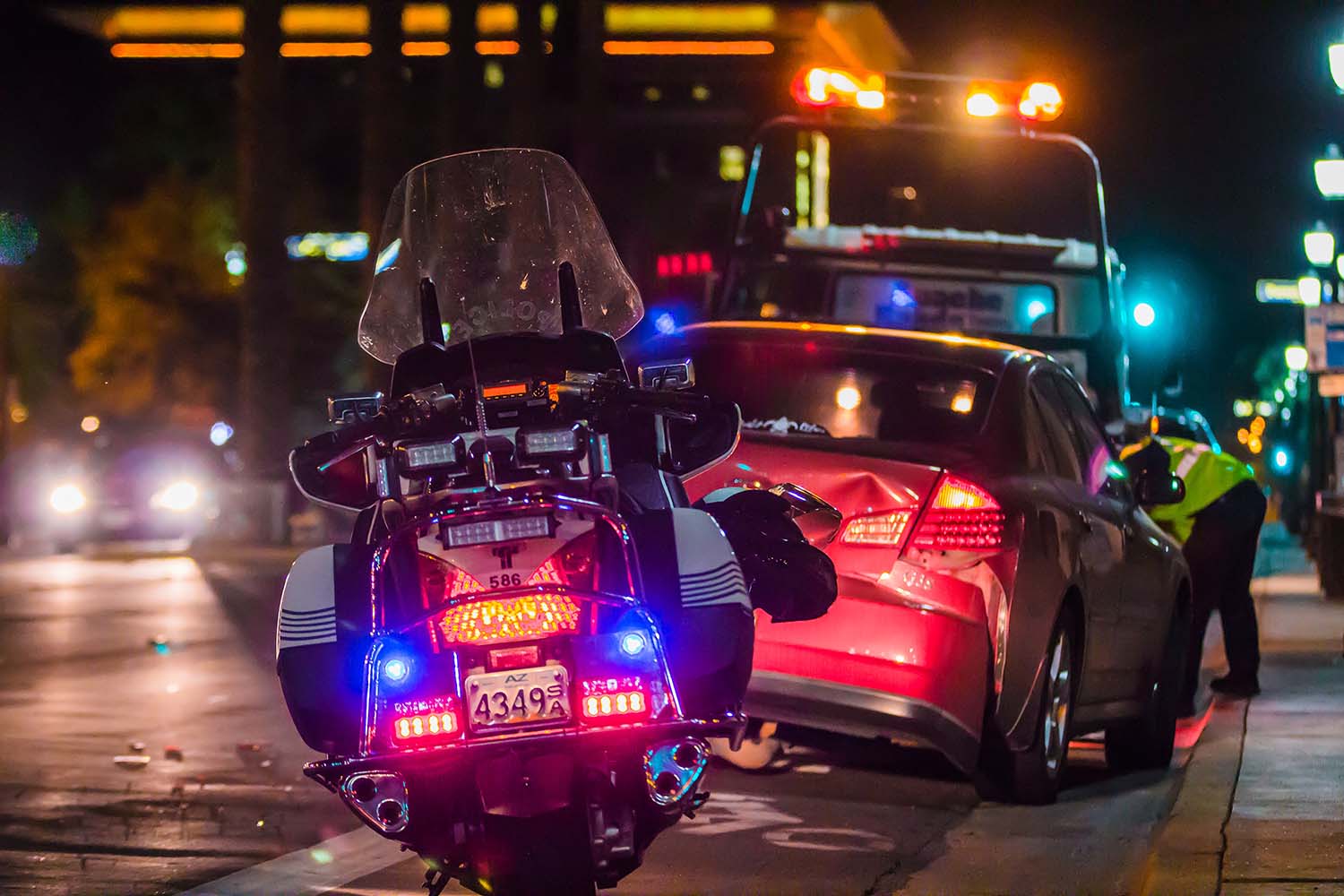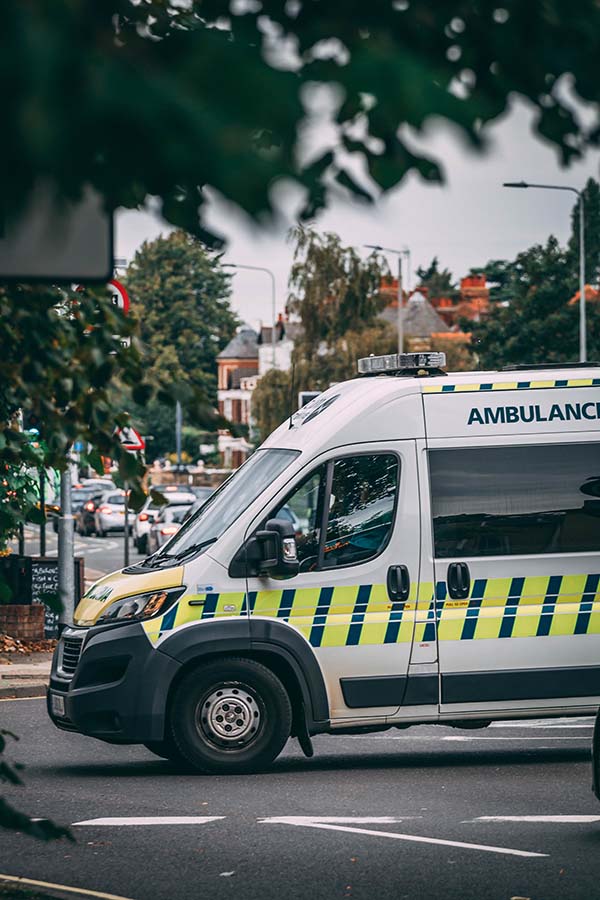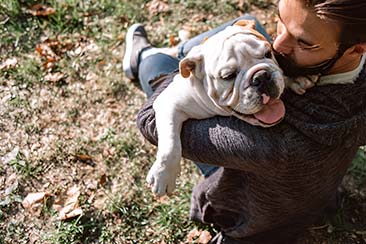Accidents involving rear-end collisions in cars and trucks are common. According to the National Highway Traffic Safety Administration, rear-end crashes account for nearly 30% of all auto accidents and 7% of all crash fatalities. In some instances, rear-end accidents are minor, and compensation amounts will represent the medical expenses and other damages.

Photo, aranprime.
That isn’t to say that rear-end collisions, mainly when a truck is involved, don’t result in more severe or permanent injuries. The prospect of another vehicle colliding with your car from behind is one of the terrifying thoughts to have when driving. Such thoughts are often accompanied by feelings of weakness and loss of control since there is nothing you can do to avoid this form of car accident.
Rear-End Collisions Overview: We can talk about rear-end collisions when the front bumper of one vehicle collides with the rear end of another vehicle. Among others, these rear end auto accidents mostly occur due to driver inattention, intoxication, road defects, and inclement weather. Not only is a rear-end collision a terrifying psychological experience, but it can also result in a variety of physical injuries.
Even if the car is just slightly damaged, drivers and passengers in rear-end collisions often sustain neck and back injuries. In more severe cases, spinal cord injury or traumatic brain injuries can occur, all of which can have long-term health and well-being consequences. Negligence is the most common cause of rear-end collisions. In other words, one of the driver’s acts fell short of what a rational person might have done or not done in the circumstances that led to the accident. All drivers have a duty to drive in a reasonable fashion to protect other road users.
To claim that another driver was reckless, you must show that he or she did not take reasonable caution when operating the vehicle and thereby violated that obligation.
Types Of Rear End Collisions:
— Tailgating is when a driver follows a car in front of them too closely. Motorists have a responsibility to travel at a fair, safe distance and pace and be able to brake quickly enough to prevent a collision if the vehicle in front of them unexpectedly breaks. However, tailgating collisions are not necessarily the responsibility of the rear driver.
— Slow speed/low impact collisions do little to no harm to the vehicles involved but can result in whiplash and neck pain injuries. Accidents involving commercial vehicles, such as 18-wheelers, tractor-trailers, and dump trucks, necessitate specialised insurance.
— Multiple vehicle pile-ups and crash incidents, and multi-car crashes are among the worst types of accidents and can determine who is at fault difficult.

Photo, Matt Chesin.
What To Do If You Are Involved A Rear End Collisions: A rear-end collision can be startling and disorienting. If this happens, do not leave the scene. You can be fined or imprisoned if you break a hit-and-run law in either jurisdiction. Maintain a relaxed demeanour, take it slowly, and recall each of these steps.

Photo, Super Straho.
— To begin, turn on your hazards and come to a complete stop when it is safe to do so. Remember, no matter how terrified you are, do not drive away from the scene.
— Examine yourself for any injuries. Do not move if you are seriously injured. Keep an eye out for emergency responders.
— Check on the other passengers’ well-being if you’re not too hurt. Get on the phone with emergency services if anyone is injured.
— Call 911 or go to the police station to report the incident.
— Then, if possible, drive your car away from traffic and to the side of the lane.
— Gather documentation by photographing the accident scene, providing photographs of the damage both vehicles suffered, and obtaining contact information for all drivers involved and all witnesses.
— Gather information such as their name, driver’s license number, insurance company, address, phone number, and vehicle license number.
— Even if you don’t think you’ve been hurt, you should seek medical help. Some injuries can take time to manifest.
— Before making any statements to an insurance provider about the accident, the fault, or any other information, contact your lawyer for proper legal advice.
— Throughout all this, never confess being at fault in the crash. Neither to the police nor to the other driver. Although the driver of the rear vehicle is usually at fault, you might not be aware of all the circumstances. As a result, don’t confess blame when the accident is being investigated.
Driver negligence may be to blame if you or a loved one is rear-ended and suffers severe injuries. Before you know the full extent of your injuries, insurance firms will most likely give you a fast payout. Accepting this immediate settlement can prevent you from adequately repairing your car and receiving the medical care you need to recover fully. A skilled attorney will fight for your right to a fair settlement.








